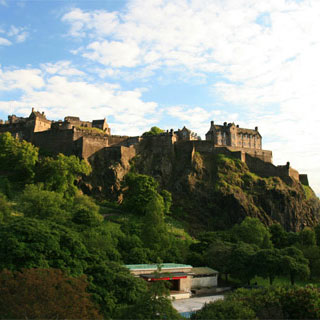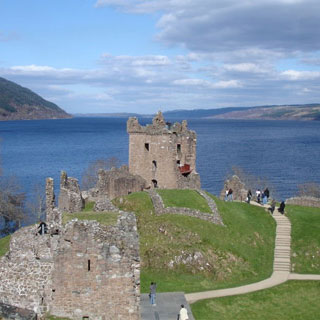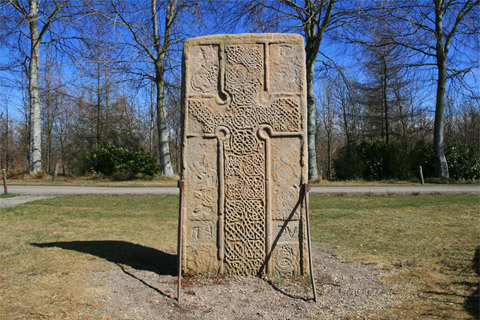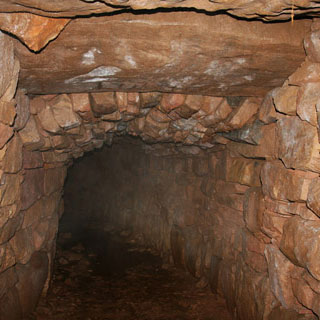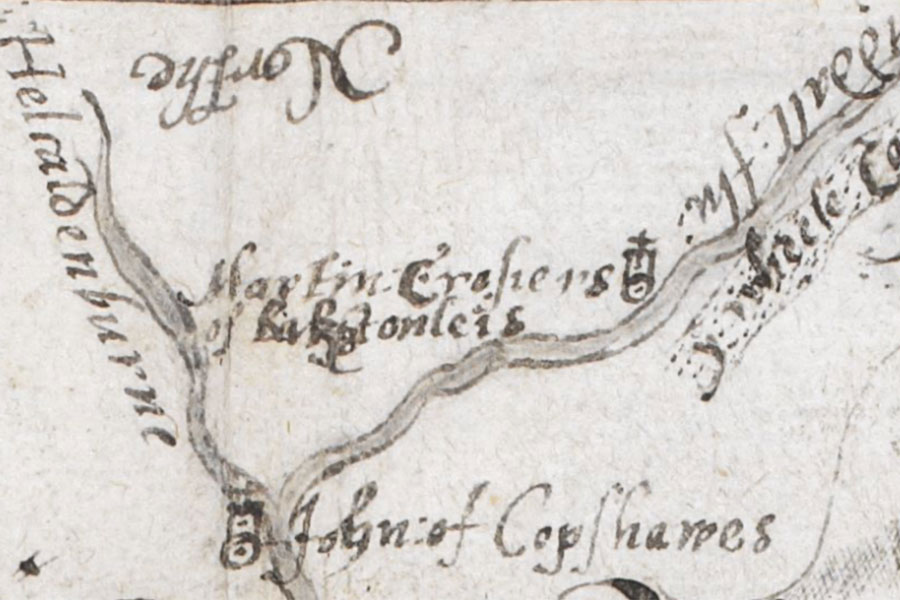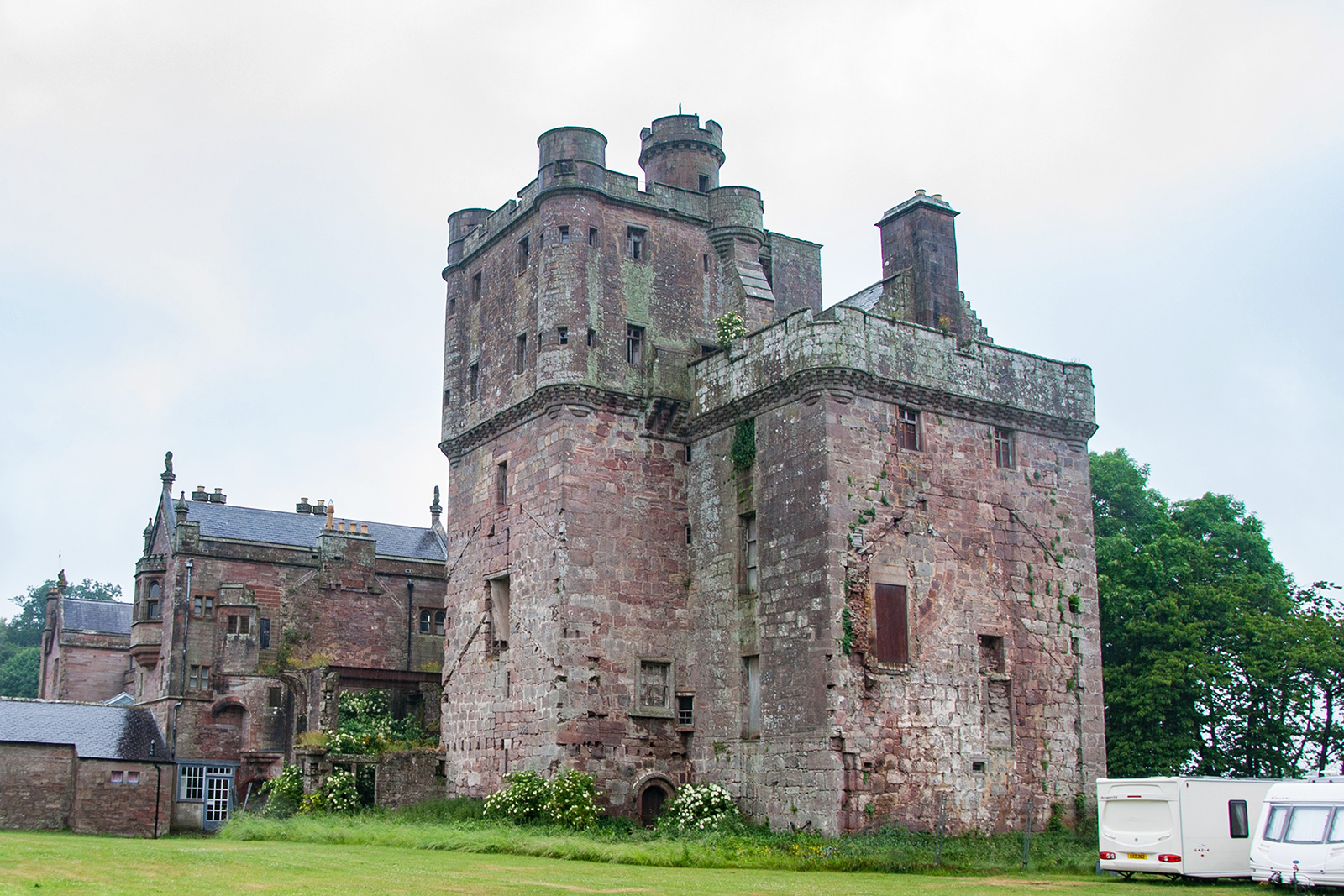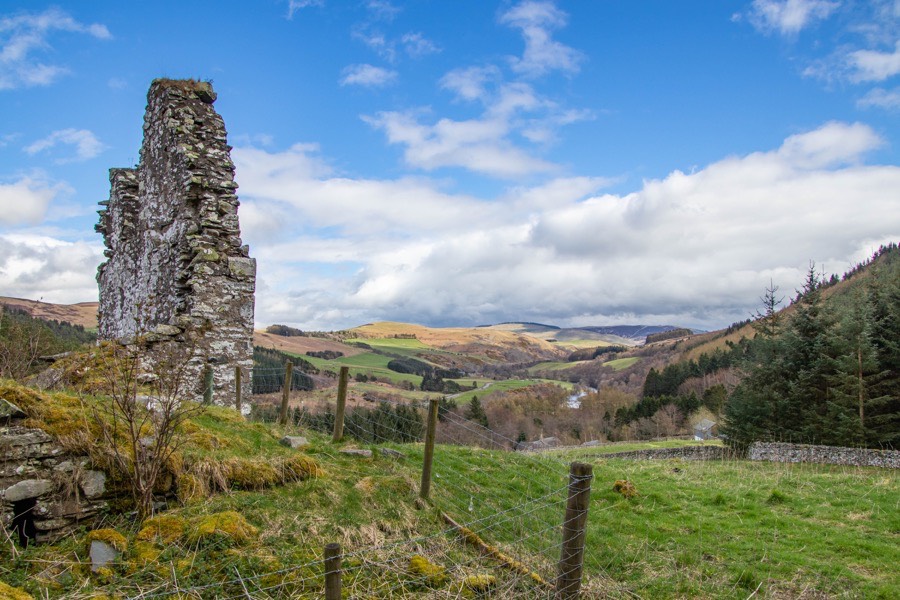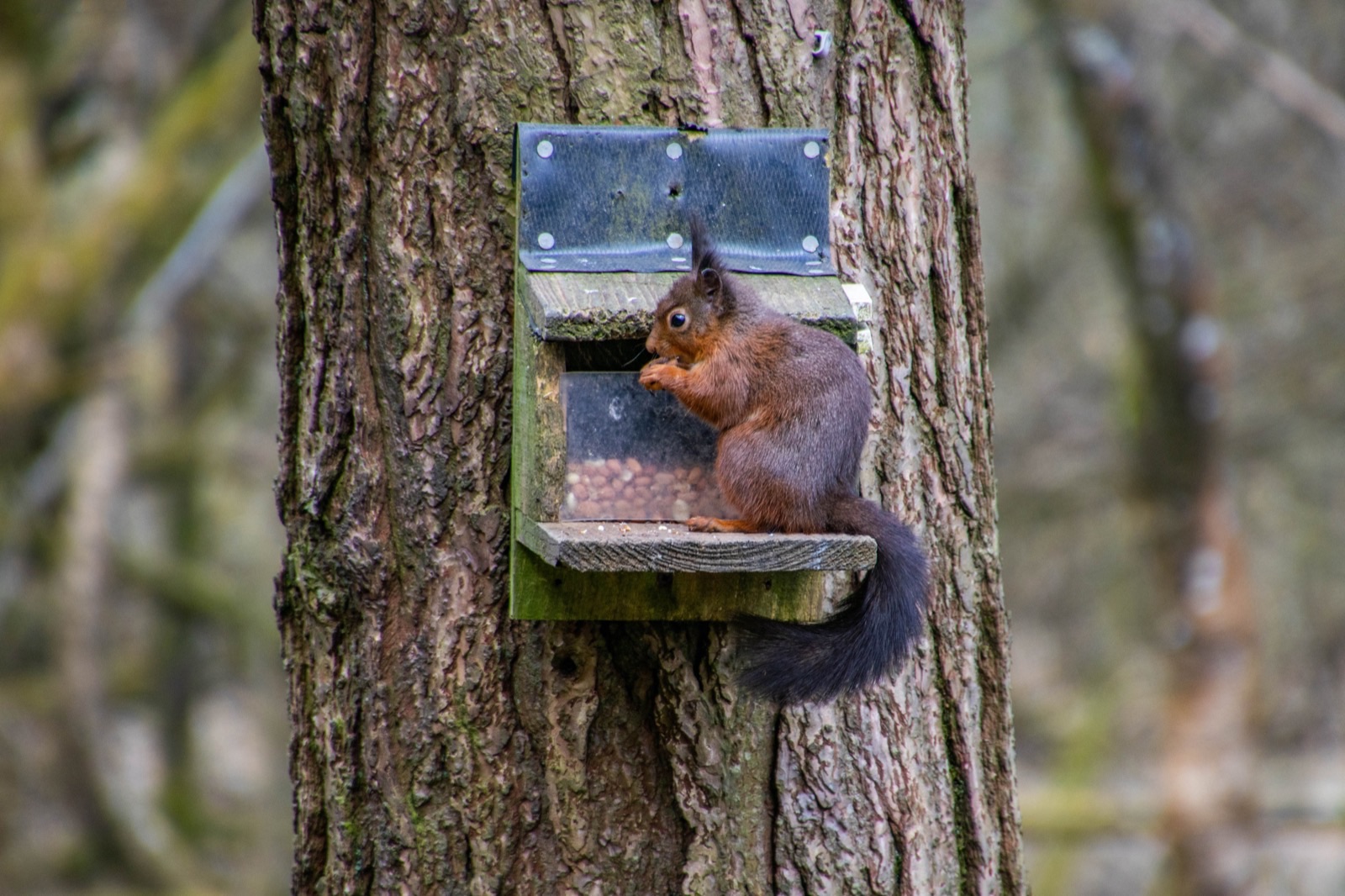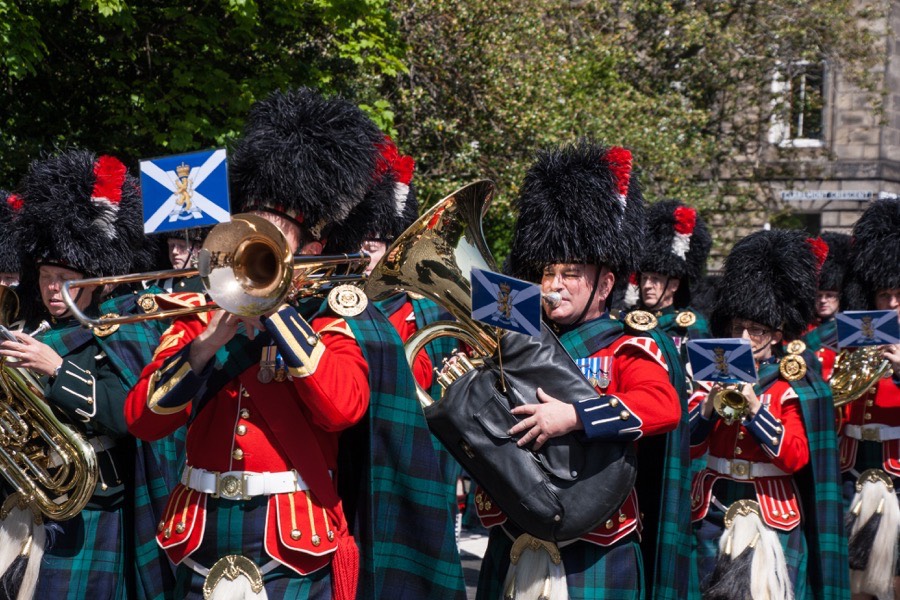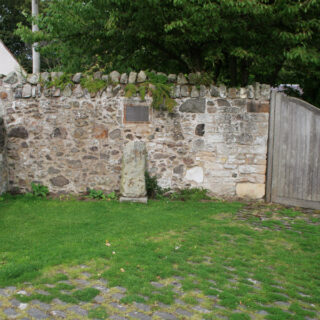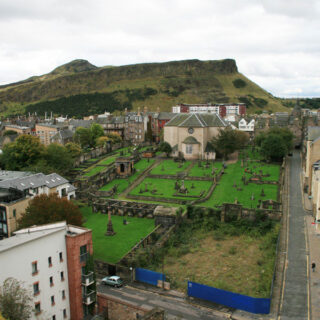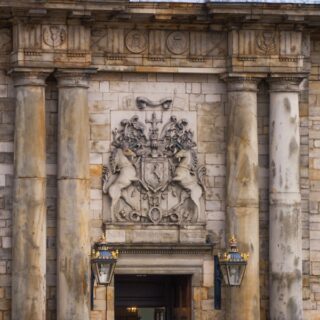Scottish history
Scotland is famous around the world for its castles, of which there are thought to be around 3000. Ranging from small towers to sprawling country mansions, there are castles of all shapes and sizes.
Many have been restored, others have been incorporated into later buildings, some stand ruined, while others have disappeared altogether.
The Picts were the enigmatic inhabitants of what is now Scotland from around the beginning of the 1st century until around the middle of the 9th century AD.
With none of their written records surviving, much of what is known about the Picts derives from the hundreds of carved stones that they left as their legacy.
Scotland is rich in ancient sites dating back into the depths of prehistory, with thousands of monuments, including standing stones, stone circles and cairns.
Skara Brae on Orkney is Europe’s most complete Neolithic village, and is older than the Great Pyramids and Stonehenge. These early settlements were followed later by forts, souterrains and brochs.
Scotland’s clan system was based on the territory controlled by prominent family groups, with everyone living on that land pledging allegiance to the clan chief in return for protection against mutual enemies.
There are hundreds of Scottish clans and thousands of septs, or family names aligned with certain clans. Additionally there are numerous surnames not associated with particular clans but still with definite Scottish origins.
Whether you have Scottish origins or are actually Scottish our guide to tracing your ancestors will help you take the first steps to establishing your family history.
With numerous websites now providing genealogical information it has never been easier to discover where you’ve come from. While studying the records of individuals allows you to trace a line back through history, some companies like Living DNA also provide DNA testing that can suggest your likely geographical origins.

